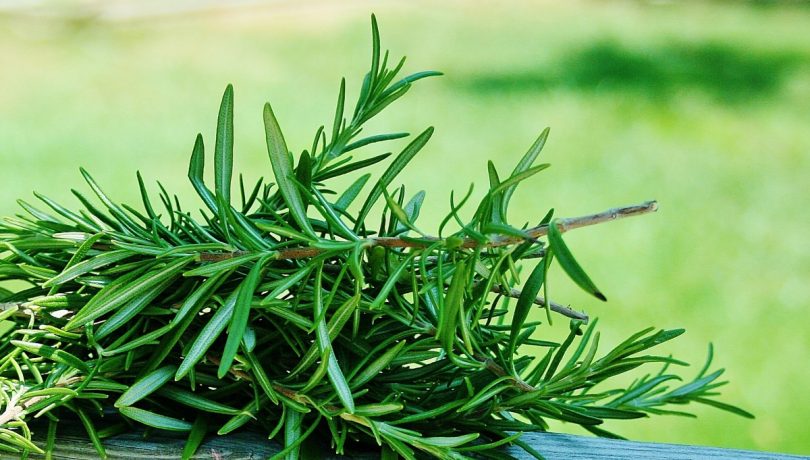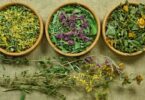Learn how to harvest rosemary for drying.
Rosemary is a popular herb for use in the kitchen, especially for chicken and other recipes. If you decide to grow your own rosemary, it’s best if you dry it after it’s picked so that it lasts a lot longer. Fortunately, this is not a complicated project even for people who have never done anything so productive. As long as you follow certain steps and take your time, your rosemary should come out perfect, and you don’t need any fancy or expensive equipment to get the job done correctly.
SEE ALSO: Do-It-Yourself: Drying Rosemary and Storing It
Harvesting Rosemary for Drying
If you’ve never dried herbs before, not to worry because the first step — harvesting rosemary — is a lot easier than you think.
You’ll need to start by visiting your herb garden either in the spring or the summer months because that’s when rosemary grows more abundantly. If the shrub is beginning to bloom, this is the best time to harvest your rosemary because this is when it has the most flavor and the most oil. If you’re going to use the rosemary right away, however, it doesn’t matter if the plant is blooming or not.
- When you go to harvest the rosemary, you’ll want to choose large branches instead of the smaller ones. If they are a minimum of eight inches long, these are the best ones to choose.
- Take small pruning shears and cut through the new stems, which are soft, instead of the older stems that tend to be hard and woody. The latter is also found near the base of the branch, so it should be easy to tell which stems are older and which ones are brand-new.
- Snip only two inches or so from the tip of the branch and make sure that the branch that is remaining has some needles on it so that it can grow properly in the future.
If you’re curious where to start once you find yourself staring at a shrub full of aromatic rosemary, you should start with the branches that are biggest or the most overgrown.
If you’re going to use the rosemary for some type of decoration and not to cook with, make sure that you shape the sprig to keep it at its natural rounded shape. If you’re planning to cook with it and/or dry it, this won’t matter because you’ll likely crush it up before you use it anyway.
Remember to keep the cutting to around two to four inches, or 20% of the branch’s size, for the best results.
If you cut the rosemary sprigs in mid-morning after the dew has dried and before the worst heat of the day has had a chance to hit, you’ll get the best results.
For drying purposes, you can use both the small needles and the twigs they’re growing on because both are flavorful and smell terrific. Ideally, you’ll want to dry or preserve the rosemary immediately upon harvesting it, but if this isn’t possible, wrap the herbs in a paper towel and keep them in a cool, dry place until you are ready to proceed.
Always remember to leave roughly 80% of the branches behind when you’re harvesting the rosemary. This is necessary in order to get a full, attractive look the next time that it’s ready to harvest, and to make sure that there is enough there to harvest when you’re ready. If you’re planning to dry the herbs, it’s best not to wait too long after you pick the rosemary because as soon as you cut the twigs, the herb starts to deteriorate. Herbs simply dry much better and taste better in the end when you dry them while they’re fresh. The harvesting of your rosemary shrubs is just as important as the drying process; fortunately, this is something very easy for you to learn.
What Is Rosemary?
Rosemary is an evergreen shrub that is relatively small and grows best in USDA growing zones 8-10. It is a sturdy plant that can tolerate droughts, and when you wish to use it on a regular basis, you have two options: pick it whenever you wish to use it, and pick large amounts of it then dry it so that you can use it in the future. The choice is yours, but you definitely should try these delicious herbs at least once because it has an almost tangy and quite unique flavor that you’ll quickly wonder how you’ve lived without all these years.





